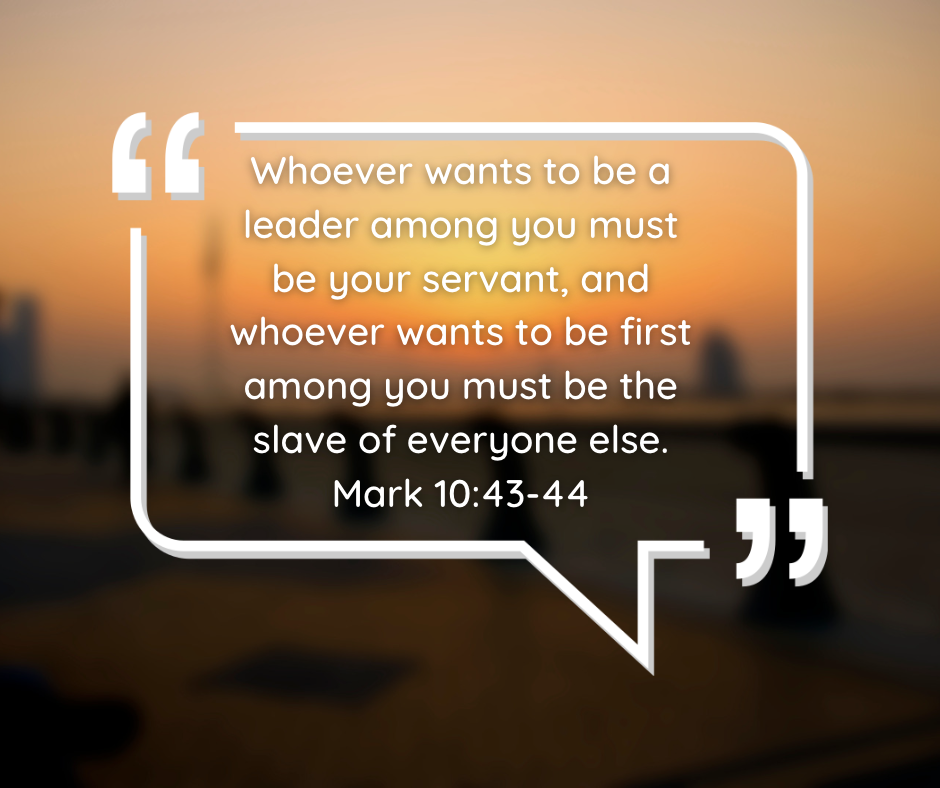Not for Profit boards often have difficulty gelling as a unified team. Board members believe in the mission, vision and values of the organization but together once per month or even less frequently to discuss the business of the not for profit doesn’t allow members the time to really get to know one another. Boards by nature are deliberative bodies that focus on the business at hand. With a business only mindset they miss a key component of effectiveness – personal relationships.
Developing personal relationships among the group is an important ingredient in creating board unity and effectiveness. Boards that really know one another will interact much differently than those who come together only as colleagues.
Here are three ways to to help board members to build stronger relationships.
1. Create a warm meeting environment.
Boards pay little attention to their meeting space, often meeting in cramped, cluttered rooms that are either too hot or too cold. Some boards don’t have a regular meeting location and go on a monthly hunt for available space. It’s not a pleasant situation. Just as meeting in a “broom closet sets a tone, meeting in a lush board room with paneled walls and comfy chairs also sets a tone. It may seem prestigious and professional but if the sight lines are poor it can impede the interaction between members.
The meeting environment is a factor in board performance, It sets the tone for communication.and Deliberation. A warm, welcoming environment with clean sight lines encourages open dialog and can help members relate better to one another. Paying attention to the meeting environment shows that we care about those we ask to lead our organization.
Meeting in someone’s home builds relationships. Meeting in a living room or around a kitchen table changes the dynamics of the group. When we meet in a business setting there are a different set of cultural standards then when we meet in someone’s home. When we’re in a living room we are more attentive and open to sharing. A relaxed atmosphere changes the meeting. It leads to more frank, meaningful conversation.
It may not always be possible to meet in a home. Some boards are too large to do so. The point here is to pay close attention to the message we send when choosing a meeting space. If our goal is to foster relationship, an inviting environment is an excellent starting point.
2. Have a meal together.
Food has a way of bringing people together. So much of what we do socially revolves around food. Why not introduce food to your board meetings?
Bringing the group together for a meal before a meeting allows board members to get to know each other on a level much deeper than just as colleagues. As board members trade stories and laugh together they begin see each other as people rather than as peers, as friends rather than strangers. Personal relations begin to bloom and that leads to the bonds that turn them into a team.
If it’s not possible to schedule a meal before the meeting, schedule a refreshment break during the meeting. This turns the members attention away from business to a bit of socializing.
3. Meet socially.
Bringing board members and their families together socially is another way to build relationships and bring greater unity to the board. Scheduling a get together that involves the members and their families is a way to recognize and honour the sacrifice that spouses and families make to an organization. It sends the message that the organization appreciates the sacrifices that families make.
Getting the group together without the pressure of having to conduct the business of the organization provides an opportunity for them to connect on a deeper level. The opportunity for families to gather for a little bit of fellowship and fun can pay big dividends.
When people get to know each other on a personal level, they relate to one another differently around the board table (or in the living room). Strangers argue over difficult issues, friends discuss them. Spending the time it takes to build solid relationships takes time, and effort. The end result will be a more unified board that works more effectively as a team and that can make a big difference in an organization.
Today’s Question: What does your board do to build personal relationships?



